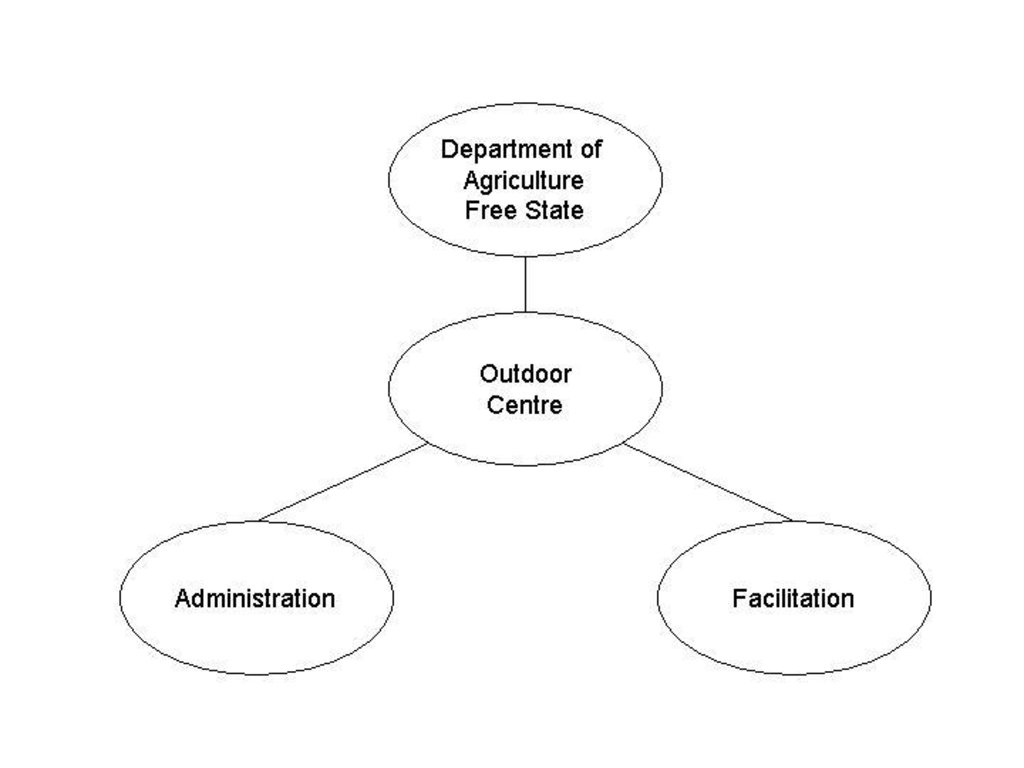Junior LandCare and Conservation Awareness [南非]
- 创建:
- 更新:
- 编制者: Unknown User
- 编辑者: –
- 审查者: Fabian Ottiger
approaches_2653 - 南非
查看章节
全部展开 全部收起1. 一般信息
1.2 参与方法评估和文件编制的资源人员和机构的联系方式
1.3 关于使用通过WOCAT记录的数据的条件
编制者和关键资源人员接受有关使用通过WOCAT记录数据的条件。:
是
2. SLM方法的描述
2.1 该方法的简要说明
Creating natural resource conservation awareness among the youth
2.5 采用该方法的国家/地区/地点
国家:
南非
2.6 该方法的开始和终止日期
注明开始年份:
2003
2.7 方法的类型
- 基于项目/方案
2.8 该方法的主要目的/目标
The Approach focused mainly on other activities than SLM (Alien invasive plants, soil and water conservation, life skills, pollution, water purification, drama and culture)
Create awareness in terms of sustainability & conservation. To create awareness in terms off different focus areas in Resource management, i.e. erosion control, water conservation. To combine learning & adventure. To follow up and evaluate different projects to ensure value adding To take information gained, back to the communities for value adding. To give learners a hands on opportunity.
The SLM Approach addressed the following problems: Physical soil erosion, overgrazing of natural vegetation, invader plants, pollution of fresh water resources
2.9 推动或妨碍实施本办法所适用的技术的条件
社会/文化/宗教规范和价值观
- 阻碍
Social and cultural beliefs and practices are not always sustainable in the long term
Treatment through the SLM Approach: Create general awareness and related issues and follow up with practical resource management activitiesto establish a sound conservation ethic
机构设置
- 阻碍
Teachers don’t have capacity or are not interested or qualified to teach sustainability and conservation issues
Treatment through the SLM Approach: Teachers training
其他
- 阻碍
Lack of awareness of sustainability issues amongst youth - not part of school curriculum
Treatment through the SLM Approach: Creating a programme for the youth. Teach them basic sustainable resource management principles.
3. 相关利益相关者的参与和角色
3.1 该方法涉及的利益相关者及其职责
- 教师/学龄儿童/学生
- 国家政府(规划者、决策者)
Free State Department of Agriculture
- Local implementing agent
Aasvoelberg outdoor centre
3.2 当地土地使用者/当地社区参与该方法的不同阶段
| 当地土地使用者/当地社区的参与 | 指定参与人员并描述活动 | |
|---|---|---|
| 启动/动机 | 互动 | Awareness: specialists and youth. Follow up and planning: specialists and youth |
| 计划 | 无 | |
| 实施 | 互动 | |
| 监测/评估 | 互动 | |
| Research | 无 |
3.3 流程图(如可用)
3.4 有关SLM技术选择的决策
具体说明谁有权决定选择要实施的技术:
- 主要是SLM专家,咨询土地使用者之后
解释:
Decisions on the method of implementing the SLM Technology were made by by SLM specialists alone (top-down). Working with youth, consultation was between Department of Agriculture, Free State and management of the outdoor centre.
4. 技术支持、能力建设和知识管理
4.1 能力建设/培训
是否为土地使用者/其他利益相关者提供培训?:
是
明确受训人员:
- 土地使用者
如果相关,请说明性别、年龄、地位、种族等。:
Youth only
培训形式:
- 在职
- 示范区域
- 课程
涵盖的主题:
Alien invasive plants, soil and water conservation, life skills, pollution, water purification, drama and culture
4.2 咨询服务
土地使用者有权使用咨询服务吗?:
是
指明是否提供了咨询服务:
- 在土地使用者的土地上
说明/注释:
Name of method used for advisory service: Experiential learning through implementation
4.4 监测和评估
监测和评估是该方法的一部分吗?:
是
注释:
no. of land users involved aspects were regular monitored through measurements
management of Approach aspects were regular monitored through measurements
There were several changes in the approach as a result of monitoring and evaluation: (1) Approach for awareness creation changed, e.g. use songs and drama (2) Follow up visits establish a ripple effect (3) Junior LandCare clubs at schools fro continuous involvement and value adding
5. 融资和外部物质支持
5.1 该方法中SLM组成部分的年度预算
如果不知道准确的年度预算,请给出一个范围:
- 10,000-100,000
注释(例如主要的资助来源/主要捐助者):
Approach costs were met by the following donors: government (Free State Department of Agriculture): 85.0%; private sector (Aasvoelberg outdoor centre): 15.0%
6. 影响分析和结论性陈述
6.1 方法的影响
该方法是否帮助土地使用者实施和维护SLM技术?:
- 否
- 是,很少
- 是,中等
- 是,支持力度很大
Better management of school grounds and own living areas (houses)
Did other land users / projects adopt the Approach?
- 否
- 是,很少
- 是,中等
- 是,支持力度很大
More or less similar approach followed in the Western Cape Province
6.3 方法活动的可持续性
土地使用者能否维持通过该方法实施的措施(无外部支持的情况下)?:
- 不确定
若否或不确定,请具体说明并予以注释:
Only the Junior LandCare clubs can continue to an extent on their own. New schools need to be introduced and trained and that requires funding and external inputs like trained facilitators.
6.4 该方法的长处/优点
| 土地使用者眼中的长处/优势/机会 |
|---|
| Exposure to experience in natural resource management (How to sustain/ enhance this strength: Continuous funding) |
| Improving interpersonal and personal life skills (How to sustain/ enhance this strength: Ensure life-skill training stays integrated to the programme) |
| Fun (How to sustain/ enhance this strength: Make sure fun is integrated in the programme) |
| Exposure and the possibility for future career choice (How to sustain/ enhance this strength: Maintain a positive attitude towards sustainability in general and explain careeer opportunities to them) |
| Positive contribution to society (How to sustain/ enhance this strength: Become involved in local natural resource management initiatives) |
| 编制者或其他关键资源人员认为的长处/优势/机会 |
|---|
| Sponsored participation (How to sustain/ enhance this strength: Continuous funding) |
| Existing infrastructure (How to sustain/ enhance this strength: Continuous funding for maintenance and expanding) |
| Compotent facilitators (How to sustain/ enhance this strength: Continuous training and exposure) |
| Establishsed and successful programme (How to sustain/ enhance this strength: Continuous evaluatuion and exposure to other similar initiatives) |
| Available natural resources at the centre supports active learning (How to sustain/ enhance this strength: Concerning natural resources land negotiate access to neighbouring propoerties) |
| Provincial Department of Education support the initiative because it compliments the natural science curriculum (How to sustain/ enhance this strength: Continuous involvement and expand exposure to National Department of Education to enhance a National buy-in) |
6.5 该方法的弱点/缺点以及克服它们的方法
| 土地使用者认为的弱点/缺点/风险 | 如何克服它们? |
|---|---|
| Funds allow only a limited number of students to participate - some have to be left out | More centres, more funding |
| 编制者或其他关键资源人员认为的弱点/缺点/风险 | 如何克服它们? |
|---|---|
| Funding criteria | Change policy to accommodate a broader spectrum of youth |
| Funding inadequate to make a definite impact | Negotiate for additional and sustained funding |
| Too few similar centres | Sponsorships to build / develop more centres |
| Junior LandCare not a priority by executuve management in all provinces | Buy in of managers through continuous exposure to impacts and success stories |
7. 参考和链接
7.1 方法/信息来源
- 实地考察、实地调查
- 与土地使用者的访谈
链接和模块
全部展开 全部收起链接
无链接
模块
无模块


